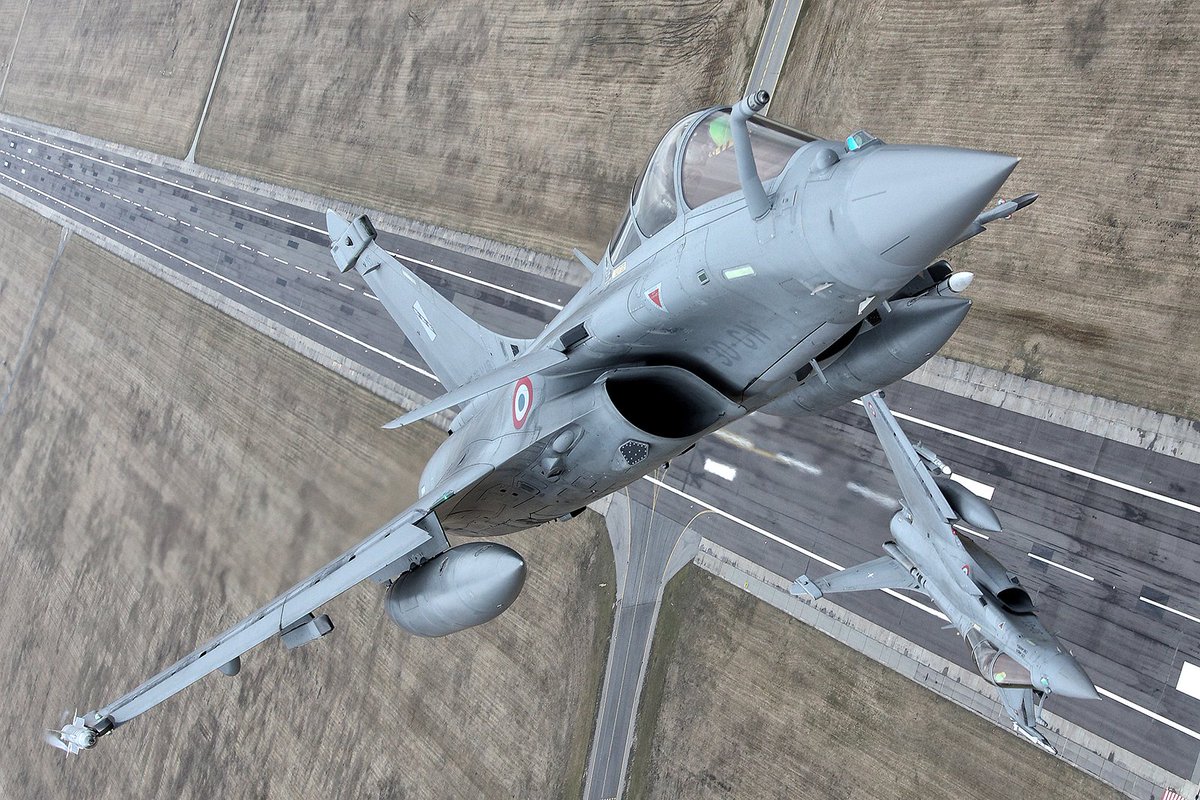Croatia, the last remaining European operator of MiG-21s, bid farewell to the Cold War-era fighter jet in style. The Croatian Mig-21s took to the skies in the third edition of the AIRVG air show in Zagreb alongside the country’s month-old Rafale fighter jets.
The show’s highlight was the aerial display by a MiG-21 BIS D. The air show videos depict the fighter jet enthralling the audience with its maneuvers.
Croatia has been Europe’s last remaining MiG-21 operator over the past few decades. The Croatian Air Force has repeatedly purchased upgraded second or third-hand MiGs from other nations as a cheaper alternative to either upgrading its own fleet or investing in newer aircraft.
However, the fleet is now reduced to four jets. Although no official retirement date has been published, the type is widely expected to finally be withdrawn from active use in the coming weeks. This means AIRVG was likely the last air show appearance of a military-operated MiG-21 in Europe.
MiG-21 had more resemblance to a rocket than an aircraft. It rivaled the space shuttle in terms of being the fastest landing aircraft. In the hands of a deft fighter pilot, it ruled the skies with a maneuver envelope ranging from ‘low speed-low level’ to ‘high speed-high altitudes’ and closer to the stratosphere.
MiG-21 was built by hand and, therefore, requires experienced technicians to handle the rectification jobs. Often, two generations of technicians work on a problem so that expertise and experience can be passed down.
The mean machine holds the record for participating in the greatest number of wars worldwide.
After the Yugoslav army withdrew from most of Croatia in 1992, the Croatian Air Force (CroAF) was formed. The only fighter aircraft used so far by the CroAF is the MiG-21 BIS, supported by MiG-21 UM trainers converted to the ground attack role.
After the Dayton Peace Agreement was signed in November 1995, the CroAF could purchase 40 MiG-21 BIS and MiG-21 UMs from Ukraine; these arrived in crates starting in 1994. The CroAF assembled 16 airworthy MiG-21 BIS and four MiG-21 UMs and based these at Zagreb (airfield Pleso) and Pula. The remaining aircraft were stored for use as spares.
In 2003, the CroAF purchased from Aerostar in Romania eight MiG-21 BIS fighters that had been overhauled and given upgraded avionics for NATO interoperability.
Rafales To Replace MiG-21s
Croatia’s MiG-21s will be replaced by the single-seat C3R Rafale EC and twin-seat C3R Rafale DC – second-hand Rafale F3R B and C model jets formerly used by the French Air & Space Force.
The first six of an eventual 12 Rafales arrived in Croatia on April 25. The MiG-21s handed over the proverbial baton to the Rafales at the AIRVG air show. Additional Rafale aircraft are expected to arrive by the end of 2024, with the aim of establishing a complete squadron by mid-2025.
A group of 12 Croatian pilots commenced training on the Rafale at Saint-Dizier, with ground personnel and maintainers undergoing training at Mont-de-Marsan in 2023. According to the Croatian Ministry of Defense, Croatian pilots began conducting solo missions on the Rafale in May. Overall, France will provide training for approximately 80 Croatian personnel over 18 months.
The Rafale is outfitted with cutting-edge attack-navigation systems, a new generation electronic radar featuring high sensor integration and self-protection systems. Additionally, it boasts of the capability to employ a diverse array of air-to-air and air-to-surface weapons.
Croatia will also receive simulators, training programs, and ongoing support services alongside the aircraft until late 2026. This will facilitate the smooth integration and operation of the new assets.

The acquisition of second-hand French Rafale jets will enable Croatia to replace its aging fleet of Soviet-era jets. It is the largest procurement program since Croatia gained independence from the former Yugoslavia.
The Croatian deal is part of a broader regional trend, with Serbia also expressing interest in Rafales to modernize its aging fleet. Beyond the Balkans, the Rafale is gaining attention in the Middle East, with Oman contemplating the purchase of up to 24 jets.
Serbia announced in April that it will purchase 12 new Rafale fighter jets in a US $3.2 billion deal. It is part of Belgrade’s efforts to modernize its aging fleet consisting of Soviet-built MiG-29s and other aircraft. The deal has yet to be officially confirmed by France.

Rafale – From No Buyers To Storming Export Markets
The French omni-role fighter jet Rafale struggled to find a buyer for a long time. Apart from the measly order from Egypt and Qatar, Rafale’s order book had nothing to boast about.
Rafale, which means “gust of wind” in French, failed to win contracts from Belgium, Brazil, Canada, Finland, Kuwait, Singapore, and Switzerland. Its high price tag has been a major deciding factor against it.
The twin-engine multi-role aircraft can carry out air-to-air combat or can drop bombs on targets in air-to-ground missions, and owing to its cameras, radars, and sensors, can be used for intelligence gathering.
This, however, changed in the last ten years as countries lined up to buy the Rafale fighter jets. Apart from the French Navy and Air Force, Egypt, Qatar, India, Greece, Croatia, the United Arab Emirates (UAE) and Indonesia have purchased these fighter jets.
- Ritu Sharma has been a journalist for over a decade, writing on defense, foreign affairs, and nuclear technology.
- The author can be reached at ritu.sharma (at) mail.com
- Follow EurAsian Times on Google News





